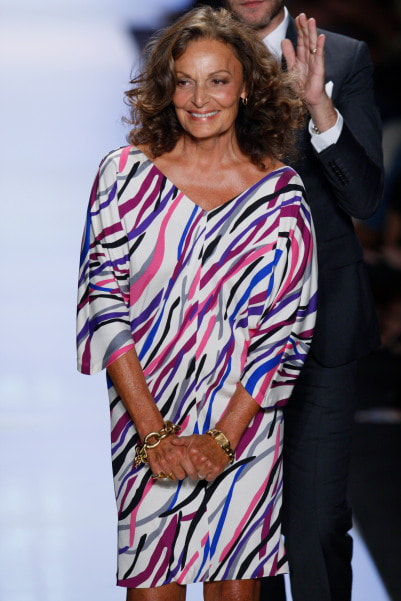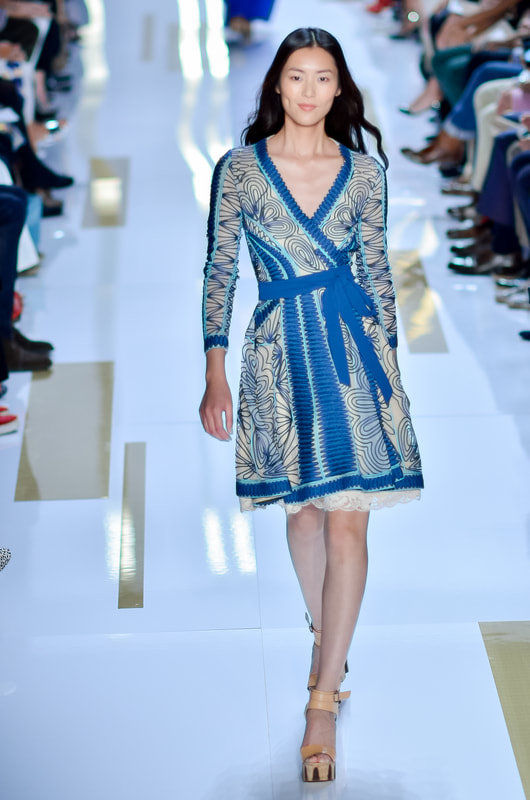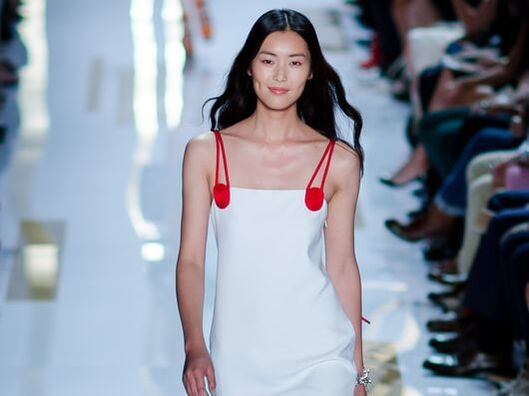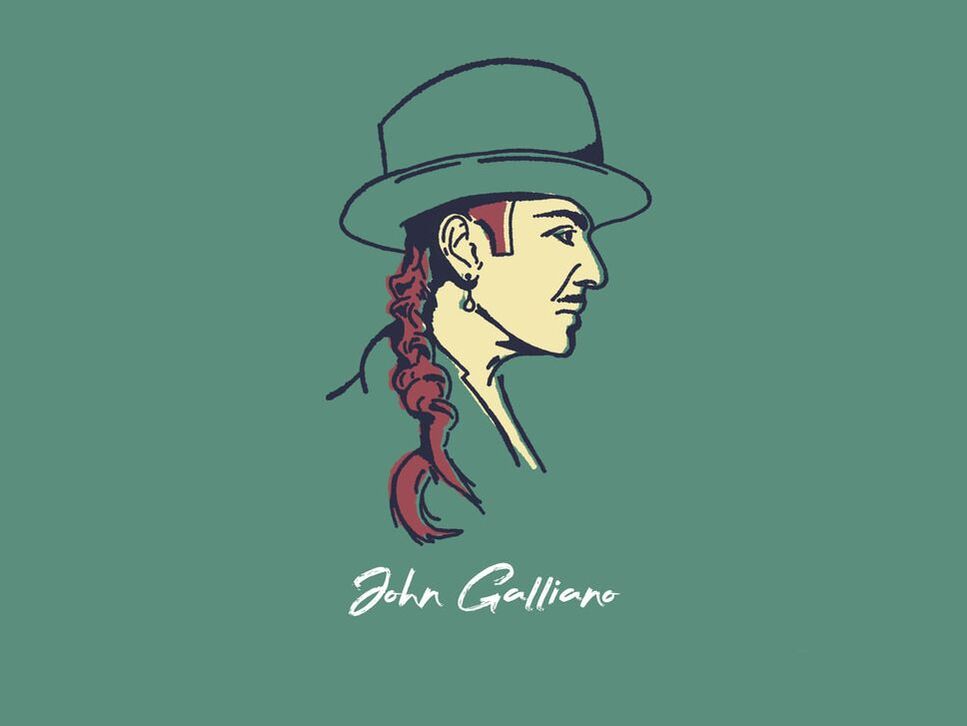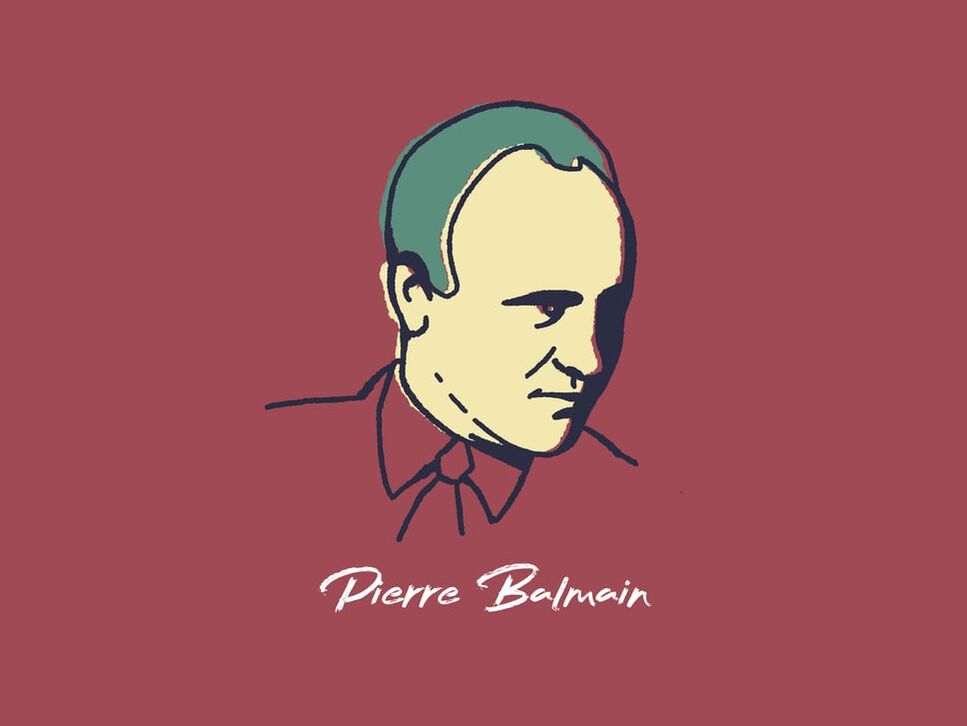|
31/12/2020 Biographies in brief: Diane von FurstenbergThe inside story of the woman who made the humble wrap dress a style icon Early lifeBorn in 1946 to a Romanian father and Greek-born, Jewish mother who had been released from Auschwitz just 18 months before her birth, Diane Simone Michelle Halfin, as she was then known, was brought up in Brussels, Belgium and attended boarding school in Oxfordshire, England. Aged 18 she moved to Spain to study at Madrid University before transferring to the University of Geneva in Switzerland to study economics. Here she met her first husband, Prince Egon zu Fürstenberg, the eldest son of Prince Tassilo zu Fürstenberg and Fiat heiress Clara Agnelli. The pair married in 1969 and moved to New York where they had two children - Prince Alexander von Fürstenberg and Princess Tatiana von Fürstenberg. During this time von Furstenberg worked as an assistant to Albert Koski in Paris as well as an apprentice to textile manufacturer Angelo Ferretti.
Achieving global fameIn 1976, Diane von Furstenberg appeared on the cover of Newsweek to mark the sale of her five millionth wrap dress. Upheld as a symbol of progression and female business success, it was around this time that she also became a fixture of the glamorous 1970s New York social scene, with the article declaring her “the most marketable woman since Coco Chanel”. Frequently seen at Studio 54, she counted Andy Warhol and Bianca Jagger as friends while her high profile boyfriends included Warren Beatty and Richard Gere. Not that any of this interfered with business success – by 1979 her company was reporting annual sales in excess of $150 million.
In line with this goal, in 2010 Diane von Furstenberg launched the still ongoing DVF Awards to recognise women who have aided the lives of other women around the world through their leadership, courage and commitment. With support from the Diller-Von Furstenberg Family Foundation, each winner across a number of categories is given $50,000 to support and continue their work, with past recipients including Ruth Bader Ginsburg, Gloria Steinem, Iman, Sonia Sotomayor and Jane Goodall. Later in 2012, DvF also announced she would be giving away half of her fortune through the Giving Pledge, a scheme founded by Bill Gates and Warren Buffett to encourage America’s wealthiest inhabitants to donate money to help solve big societal problems.
A few years later, in 2015, von Furstenberg was named as one of Time magazine’s 100 Most Influential People following the 2014 release of her memoir The Woman I Wanted To Be, while in 2019 she was inducted into the National Women’s Hall of Fame. In January 2020, DvF was succeeded as Chairman of the CFDA by Tom Ford, shortly before receiving the French Legion d’Honneur for her services to fashion, philanthropy and women’s leadership. She continues to helm her eponymous brand while overseeing the DVF Awards and the philanthropic activities of the Diller-Von Furstenberg Family Foundation. Comments are closed.
|
Search by typing & pressing enter

